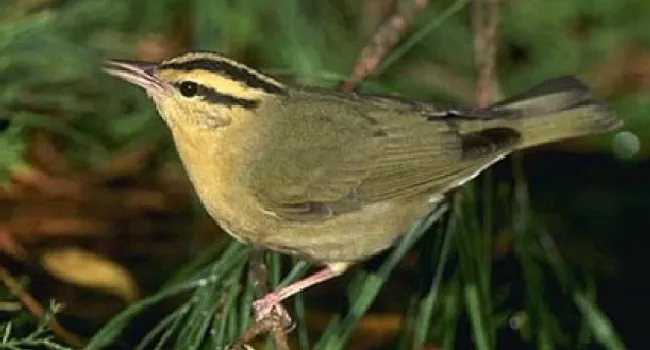
Photo
(Helmitheros vermivorus) An insect eater that does not feed heavily on earthworms. Most feeding is concentrated at the ground or shrub levels. Prefers dense wooded areas, especially cool, shaded...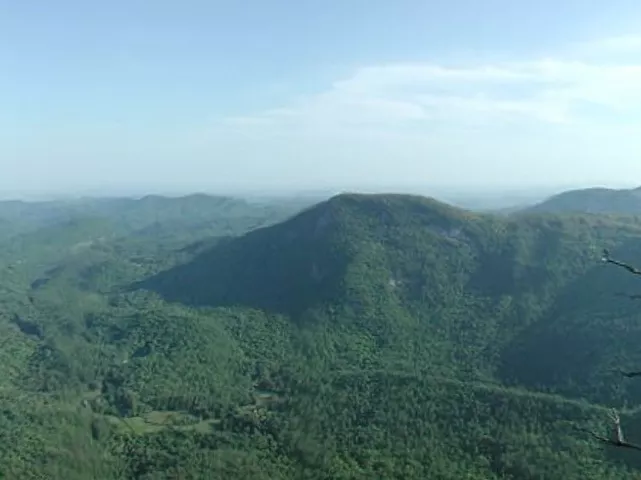
Cove forests are unique ecosystems found exclusively in North America, in the southern Appalachian Mountains of the United States. They are a special type of forest known as mixed deciduous, meaning that forest's trees lose their leaves in fall. Cove forests are restricted to mountain "coves," which are bowl-shaped valleys with very rich, fertile, damp soil. Many cove forests have streams wandering through part of the forest. The cove forests of the South exhibit the greatest plant and tree diversity of any forests in the United States.
The cove forests of South Carolina are restricted to the northwest portion of the state, extending from the north of Westminster to north of Greenville, Jones Gap State Park, Table Rock State Park, Oconee State Park, and Caesars Head State Park all contain cove forest communities. For more information, view the credits or find out how to plan a trip to a cove forest.
---
PLEASE NOTE:

Photo
(Helmitheros vermivorus) An insect eater that does not feed heavily on earthworms. Most feeding is concentrated at the ground or shrub levels. Prefers dense wooded areas, especially cool, shaded...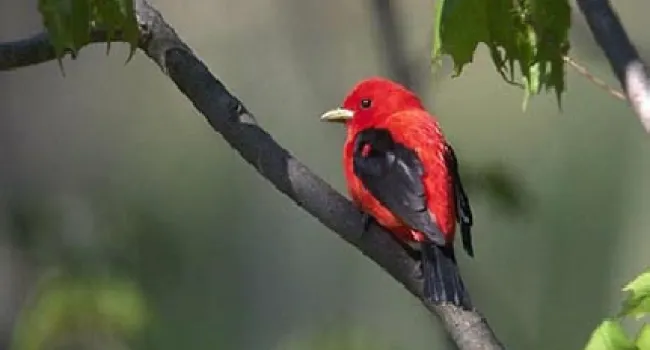
Photo
(Piranga olivacea) This species is also usually in the top ten list of common birds in mature oak-hickory and cove hardwood forests. Prefers to forage in oak trees and in forests with closed canopies...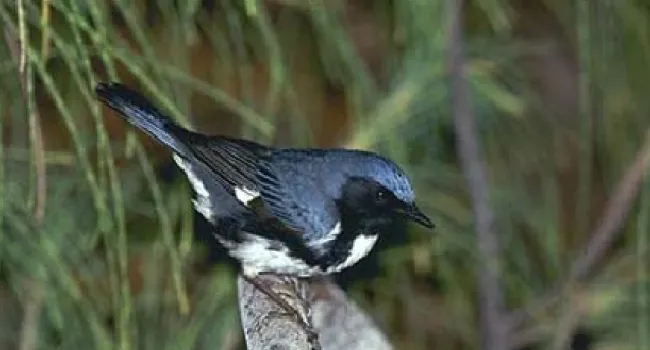
Photo
(Dendroica caerulescens) This warbler prefers to forages in the shrub layer associated with the cove forests, especially rhododendron thickets, hobble bush and mountain laurel. Has an affinity for...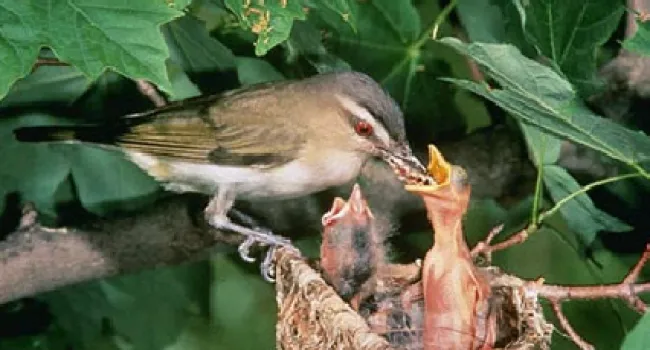
Photo
(Vireo olivaceus) One of the most common birds in the cove forest, but rarely seen since this species feeds in the treetops. This species is usually in the top ten list of common birds in mature oak...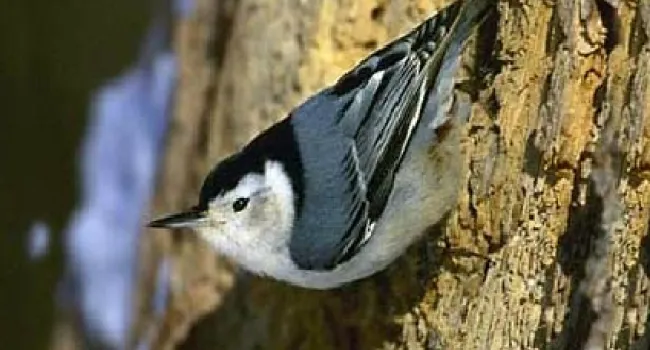
Photo
(Sitta carolinensis) Typically found in mature hardwood forests. Forages for insects on the trunk and large branches of tress by hopping up and down clinging to the bark. In the winter stores or...
Document
Cove Forests are unique ecosystems found exclusively in North America, in the southern Appalachian Mountains of the United States. They are a special type of forest known as mixed decidous, meaning...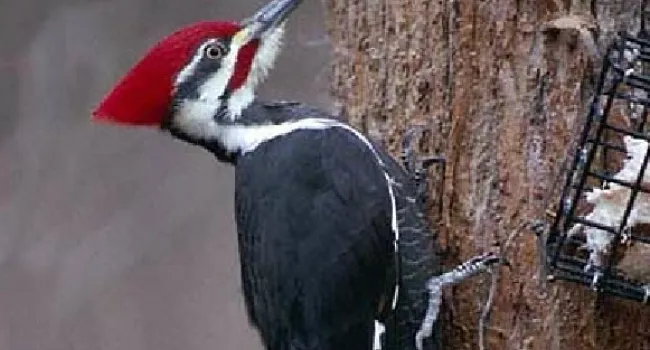
Photo
The largest woodpecker in the United States that produced rectangular holes in dead trees, a favorite food of this bird is the carpenter ant. Mature hardwood forests are favored by this species and it...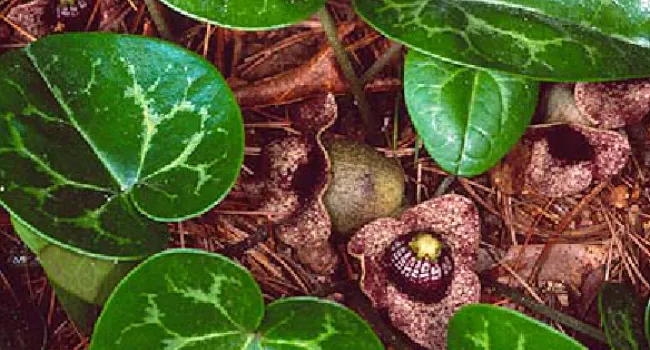
Photo
This low-growing plant has evergreen heart-shaped leaves. The large jug-shaped flowers occur on the soil surface, often under decomposing leaves. This species, like many woodland herbs, has ant...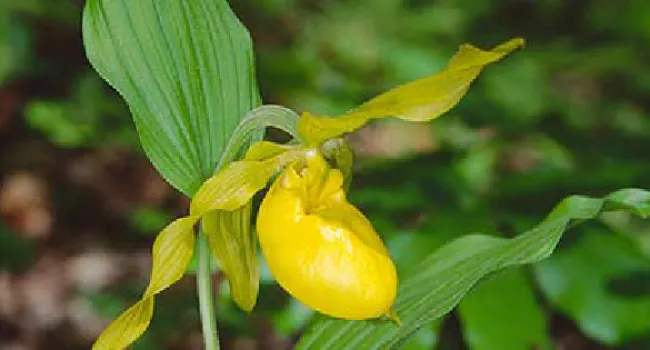
Photo
(Cypripedium calceolus var. pubescens) This native orchid is a joy to see in its native habitat. The large yellow flowers with a conspicuous pouch depend on deception for pollination as it offer no...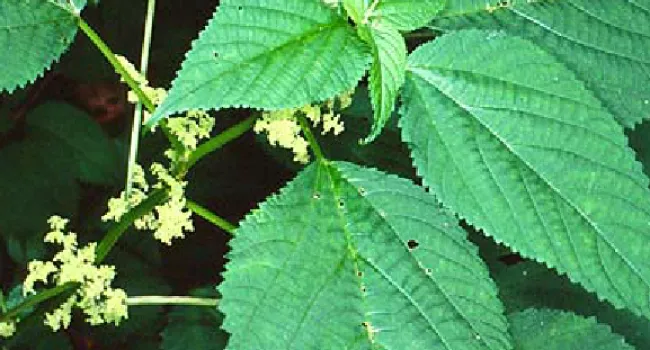
Photo
(Laportea canadensis) This is a plant that you may not want to touch as stinging hairs cover its stems and leaves. Why does it sting? One hypothesis is that its hairs deter some animals from feeding...